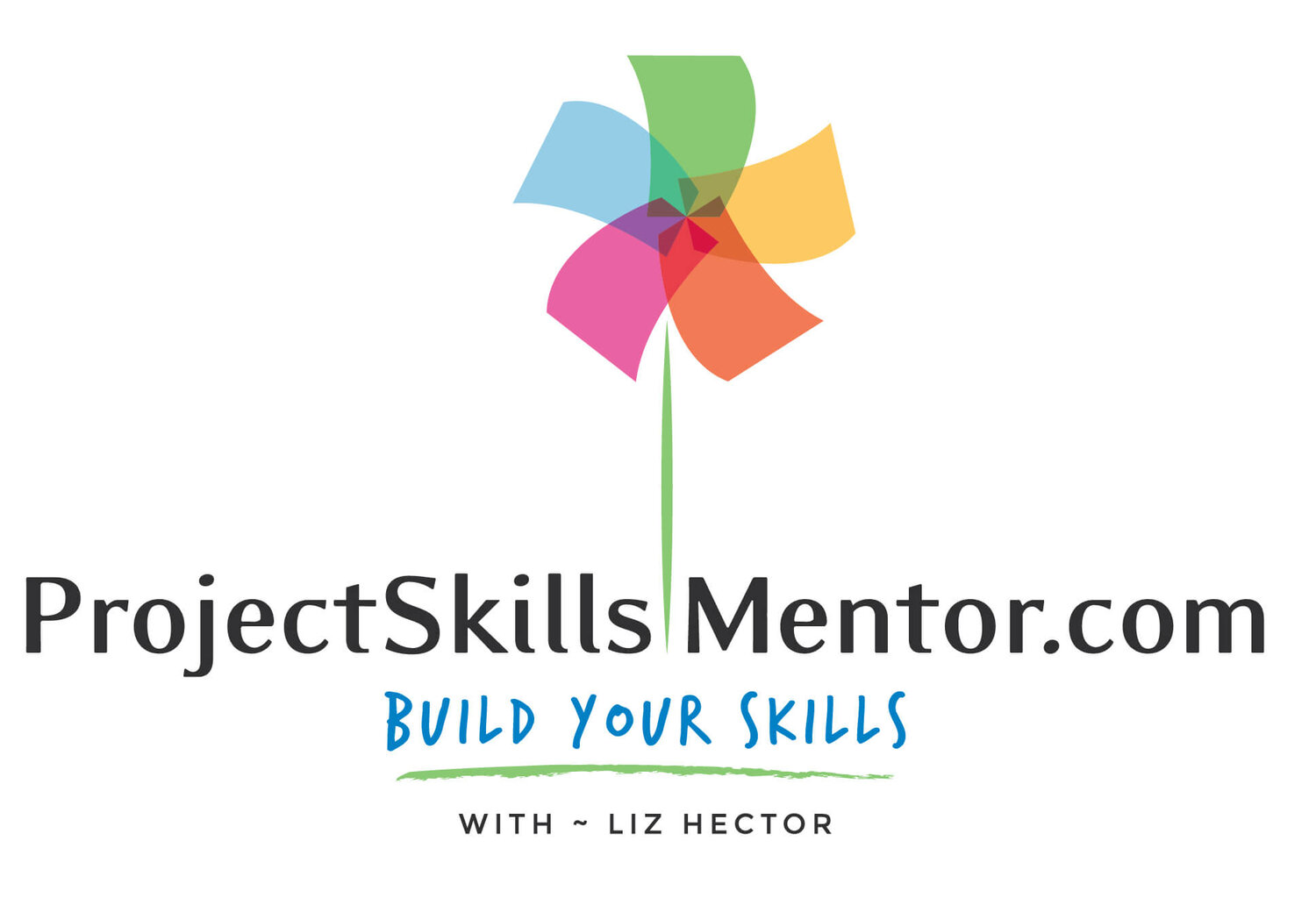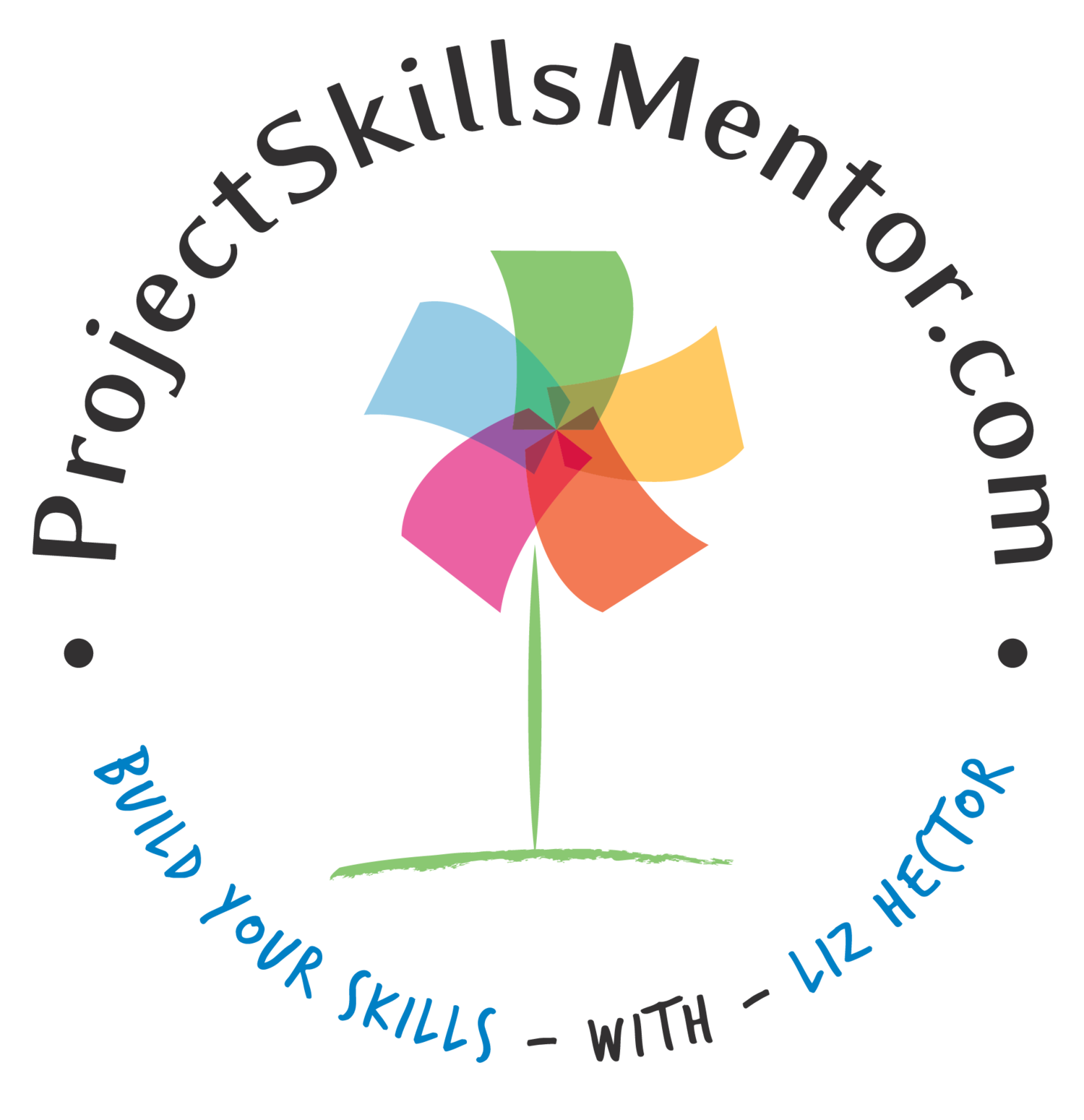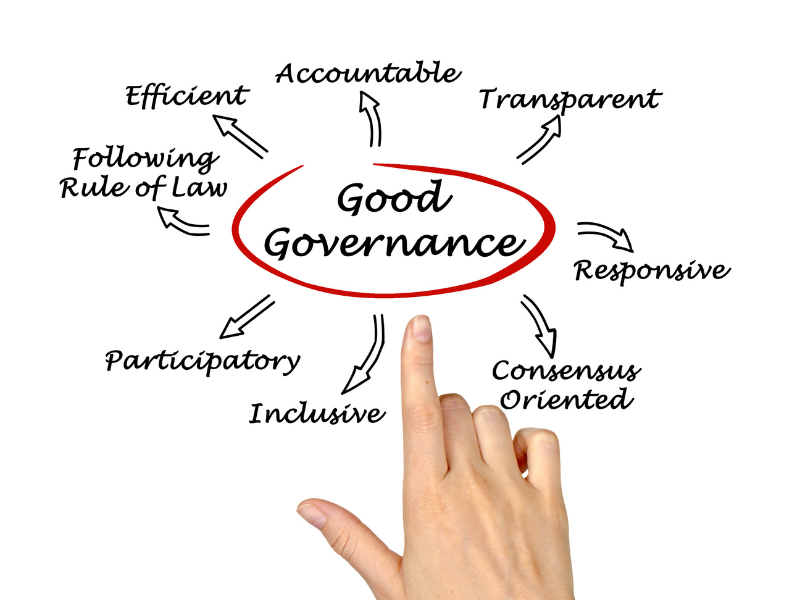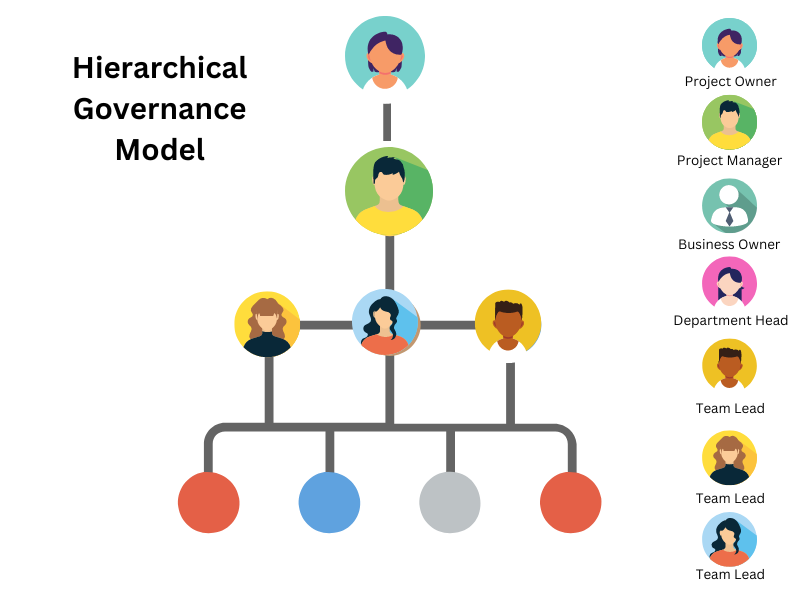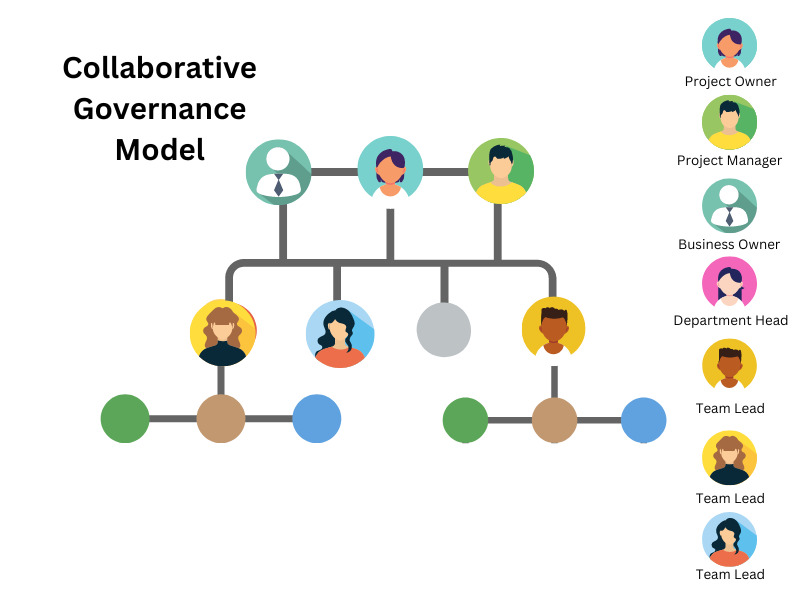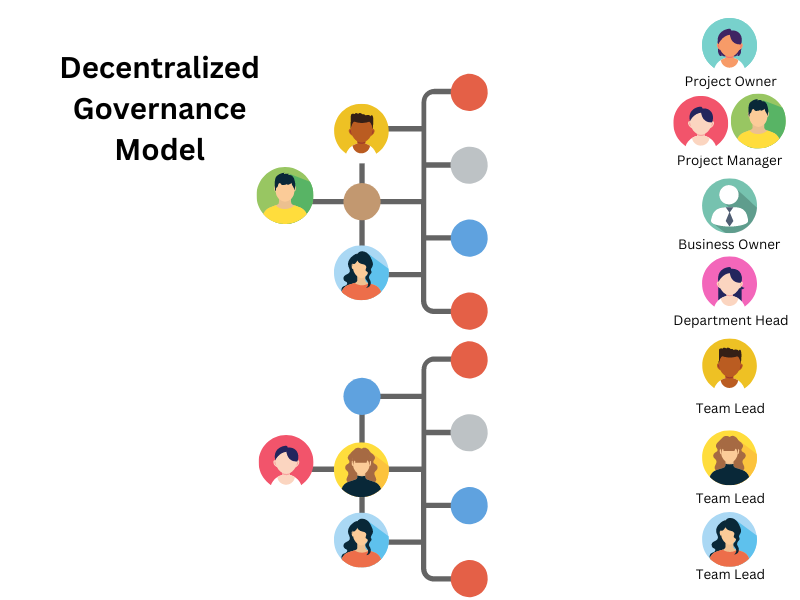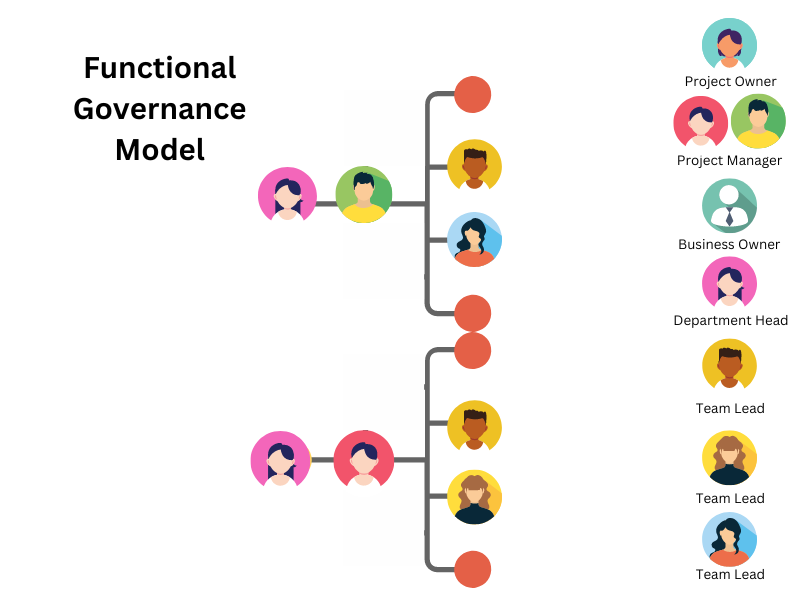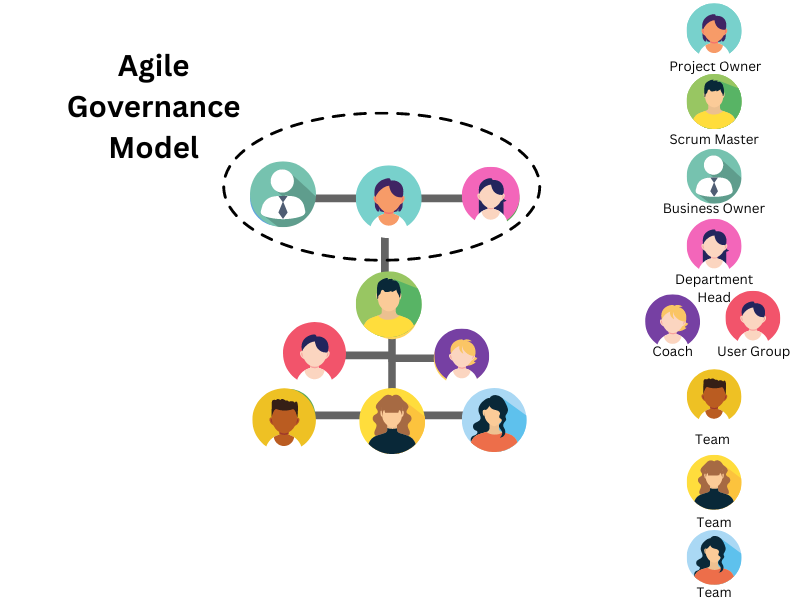Choosing the Right Project Governance Approach
Project Management governance is critical for successful project execution. I have videos on specific types of governance with template examples, which you can view here. But first, what is the best governance model for your project? Managers may think there is only one way of working when it comes to governance, but that's not true. Various models fit different requirements, focus on different project types, and are built to meet different objectives. This article will show you exactly how these models work and the use case for each.
What is a Governance Model?
A structured approach to oversight of a project to ensure the right:
organizational controls
decisions
and outcomes
Why Do Projects Use Governance Models
Governance refers to the system of policies, procedures, and decision-making processes. These processes guide an organization's management and oversight of projects. They provide a framework for ensuring that projects are aligned to:
the organization's strategic objectives
ensure the project's effective execution
deliver the expected results
There are various project management governance models that organizations can adopt to ensure effective project management.
If you are still getting familiar with some of the points discussed, this article includes links to additional content to explain more.
Let's explore five common project management governance models and their key features.
Hierarchical Governance Model
In a hierarchical governance model, decision-making authority is centralized. They are run by a single individual or a small group of high-level executives within the organization. This group is responsible for setting:
project management policies
procedures
standards
and selecting other advisory bodies, such as user groups
In addition, they also may make strategic decisions related to project selection, prioritization, and resource allocation. The governance board may also manage the project's key constraints or outcomes.
Project managers report to these executives and follow the established governance framework. This model ensures a top-down approach to project management, with clear lines of authority and decision-making. Costs are often higher because the governance model requires significant executive oversight. Therefore, this model works best when the project's strategic goals are critical to the organization. It is, therefore, cost-effective for the project to have a high level of executive oversight.
Key features of a hierarchical governance model:
Top-down approach to project management
Centralized decision-making authority
The Project Manager reports to the governance body
Clear reporting lines to high-level executives
Defined roles and responsibilities
Standardized policies, procedures, and standards
The project team executes based on governance output
Collaborative Governance Model
In a collaborative governance model, the decision-making authority is distributed among multiple stakeholders. This model includes the following:
project managers,
project teams
and other relevant stakeholders
Collaborative governance emphasizes cooperation and engagement among various project stakeholders. This allows them to make decisions related to project management collectively. The project manager is a facilitator and coordinator, working closely with cross-functional teams and stakeholders. This way of working ensures alignment with project objectives and organizational goals. If your project requires a diversity of viewpoints, this model does it best. Managers will need to build a high-performing team to execute this model. This way of working promotes a collaborative and inclusive approach to project management. It will need a team capable of shared ownership and accountability.
Key features of a collaborative governance model:
Distributed decision-making authority
Emphasis on collaboration and engagement
The Project Manager is part of the governance body
Collaboration and engagement among project stakeholders
Emphasis on shared ownership and accountability
Flexible and adaptable approach to project management
Focus on alignment with project objectives and organizational goals
Decentralized Governance Model
In a decentralized governance model, decision-making authority is delegated to individual project managers or project teams. Each project manager has the autonomy to decide on their respective projects. This authority includes:
project planning
execution
and monitoring
The decentralized model provides project managers with greater autonomy and flexibility. They can tailor each approach to the specific needs of their projects. However, it also requires high accountability and transparency in project management practices. Project Managers are also accountable for aligning with organizational goals and standards. Therefore, this model works best with senior project managers who understand how to manage project outcomes and organizational objectives. Assigned leadership must also be able to address project scope, cost, and deliverables. Project Managers also need excellent communication skills. These skills are needed to address discussions required for business alignment and issue escalation to the departments. Managers must also be capable of managing procurement and sub-contractors.
Key features of a decentralized governance model:
Decision-making authority delegated to project managers or project teams
Greater autonomy and flexibility for project managers
The Project Manager is the defacto Governance authority
Requires Senior Project Manager with business skills
Tailored project management approaches for individual projects
High level of accountability and transparency in project management practices
Need for alignment with organizational goals and standards
Functional Governance Model
In a functional governance model, decision-making authority is aligned with the organization's functional departments or business units. Project managers report to functional managers responsible for overseeing projects within their respective areas of expertise. This model allows functional managers to ensure that projects align with the following:
their department's goals and objectives
available resources are allocated effectively
and their ability to run the solution after project handover
It also promotes a close integration between project management and functional departments, ensuring that projects align with the organization's strategic priorities. This model works best when the departments in the governance model are the owners of the final project's solution. Using this model helps with the smooth transition of a solution that will work with the existing models and processes.
Key features of a functional governance model:
Decision-making authority aligned with functional departments or business units
Alignment of projects with departmental goals and objectives
The Project Manager reports to the department head
Resource allocation based on departmental priorities
Close integration between project management and functional departments
The project solution must fit with existing business functionality
Department leadership understands the business requirements and project solution
Agile Governance Model
The Agile governance model is specifically designed for organizations that adopt Agile methodologies for project management. In this model, decision-making authority is delegated to self-organizing, cross-functional teams. This is consistent with the natural way agile teams work. The addition of an agile governance model:
supports the project team
helps the organization to improve their agile processes
and allows for efficient decision-making during escalations
The model is based on agile methodologies' core principles and values, such as the Agile Manifesto. These principles include customer collaboration, responding to change, delivering working solutions, and embracing individuals and interactions over processes and tools.
Agile governance promotes collaborative decision-making processes. Therefore, decisions include appropriate stakeholders. However, all stakeholders are there to support the team, including senior executives. Coaches supply insight and information that the team needs through out work execution. The agile principles of a self-managed team mean that governance supports their work through collaboration and handling issue escalation and resolution effectively and efficiently.
Specifically designed for organizations using Agile methodologies
Decision-making authority delegated to self-organizing, cross-functional teams
The Scrum Master (replacing the PM in the Agile model) is part of the governance body
The team is supported, not managed, by governance oversight
Iterative and adaptive project delivery
Emphasis on continuous improvement and customer value
A collaborative approach responsive to changing customer needs or market conditions
In conclusion, project management governance is crucial for effective project execution. Organizations should carefully choose the governance model that best aligns with their goals and objectives. Each model has its features and advantages, and it's important to tailor the approach based on the organization's needs. Clear roles and responsibilities, effective decision-making, and alignment with organizational goals are key elements of successful project management governance.
Want to know more about specific Governance Models with Templates you can use for your project? See my articles on Project and Supplier Governance. Or watch my governance model playlist to see how to put governance into action.
